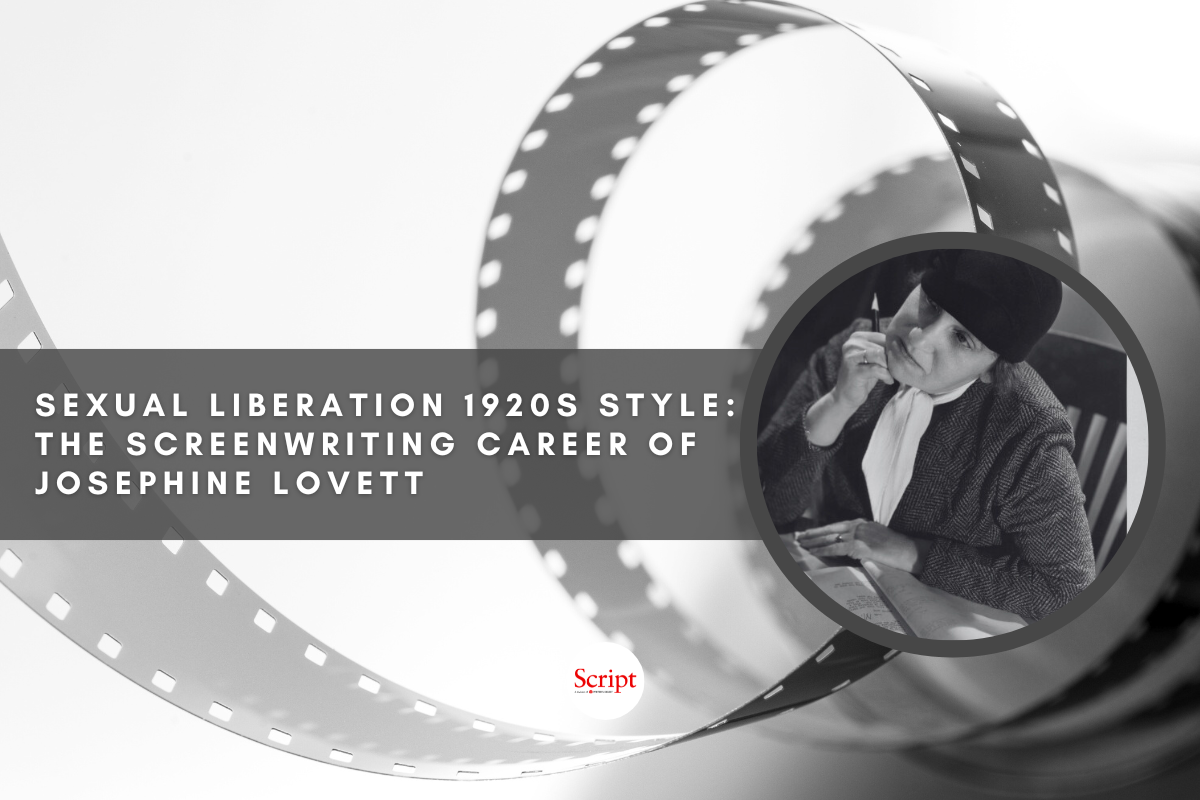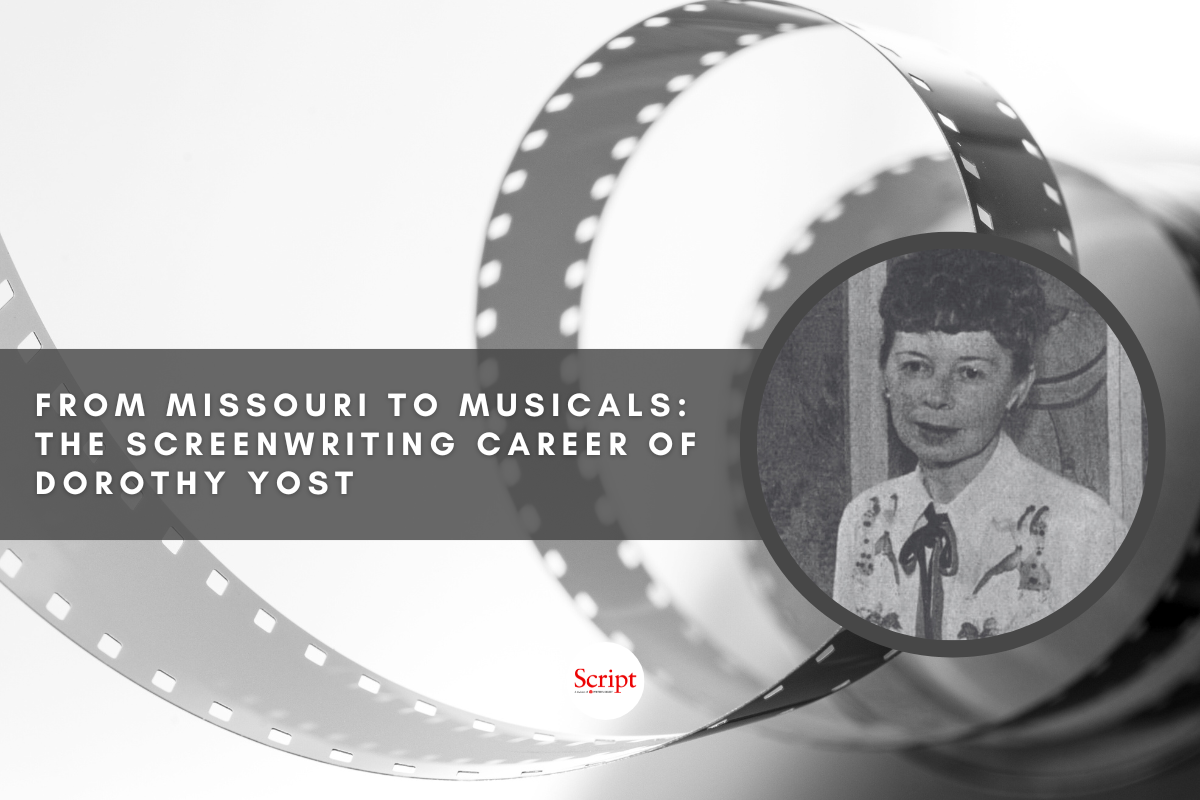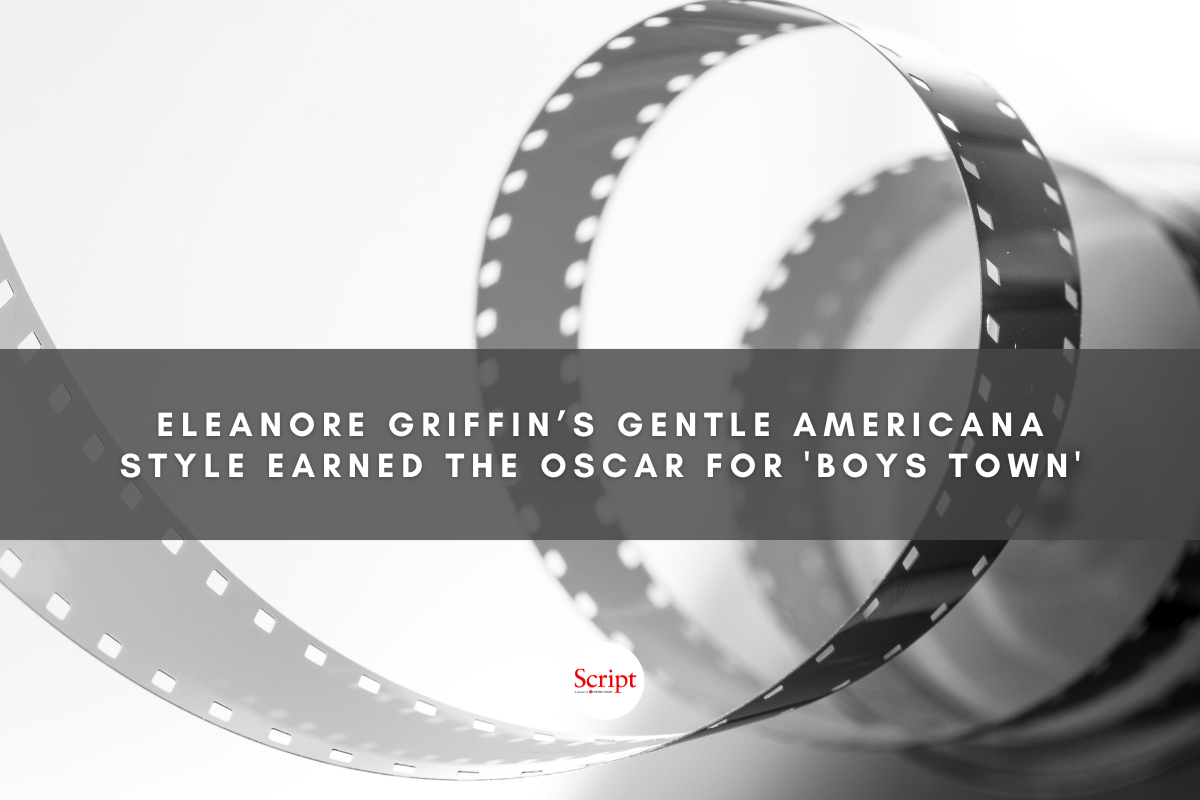From ‘Greatest Girl Reporter’ to ‘Mother Confessor of Hollywood’ Adela Rogers St. Johns Wrote Herself into the History of the 20th Century
Script contributor Dr. Rosanne Welch celebrates the female screenwriters who came before us with this month’s spotlight on screenwriting, journalist, and Hollywood trailblazer Adela Rogers St. Johns.
After meeting Jane Murfin in last month’s column and hearing about her contribution to What Price Hollywood? (1932), it is time to meet that film’s co-writer: Adela Rogers St. Johns. Along with Murfin, she earned the Best Writing, Original Story nomination at that year’s Academy Award ceremony. Yet her true fame came in two titles that spanned her career as a journalist who covered the film industry. She began as 'The World's Greatest Girl Reporter' and became ‘Mother Confessor of Hollywood’. Along the way, she garnered 38 writing or story by credits with the 1991 Final Verdict teleplay based on her memoir.
Born in 1894 in Los Angeles, St. Johns landed in journalism by virtue of her father’s career as a prominent Los Angeles criminal lawyer and his friendship with publishing magnate William Randolph Hearst (the character her friends Orson Welles and Herman Mankiewicz used to create Citizen Kane). Earl Rogers relished having his only child attend court cases to watch him work which helped her learn the ropes of reporting on the law at the age of 18. St. Johns covered such history-making cases as the Leopold-Loeb murder trial, the abdication of King Edward VIII, and the Lindbergh baby kidnapping and eventual trial.
After a stint at the Los Angeles Herald, St. Johns was asked to interview Hollywood celebrities for Photoplay magazine which lead to friendships with Mary Pickford, Tom Mix, Gloria Swanson, and Rudolph Valentino, to name a few. Her screenwriting career began with short stories and novels being optioned into films, sometimes adapted by other writers before she tried her hand at yet another style of writing. Her first screenplay, The Secret Code (1918) concerned a woman who is married to an elderly senator and accused of espionage who finally clears her name. The Skyrocket (1926), her first novel to be adapted contains the seeds of What Price and Star is Born by involving an orphan whose quick rise to fame dissipates just as fast and only her childhood friend remains to support her emotionally.
We can also see how research from her journalism infused her fictional stories with screenplays like Miss Fane's Baby Is Stolen (1934), written two years after covering the Lindbergh story. Similarly, she often told stories about journalists or lawyers and the women in her stories stood their own ground.
Her career turned to being a professor of journalism at UCLA and writing, including her memoir, The Honeycomb (1969). This in turn led to her appearing on many TV talk shows of the late 1960s/early 1970s where her anecdotes kept alive the memories of many of her contemporaries who had long passed. Then she became the darling of the documentarians of that era.
In 1960 St. Johns earned a Star on the Hollywood Walk of Fame. You can find it at 6424 Hollywood Blvd, right in front of what today is the Hollywood Pacific Theatre but began its life at the Warner Hollywood Theatre in 1928. One can almost imagine the ghost of St. Johns still sauntering in to see the latest film and interview its stars.
In her final journalism work, she covered the 1976 kidnapping of Patty Hearst, granddaughter of her first editor, and later appeared as herself in one of the interview segments of Reds (1981) for which Warren Beatty won the Academy Award for Best Director.
If you’d like to learn more about the women highlighted in this column, and about the art of screenwriting while earning your MFA, our low residency Stephens College MFA in TV and Screenwriting is currently accepting applications.
Learn more about the craft and business of screenwriting from our Script University courses!
Dr. Rosanne Welch, Executive Director of the Stephens College MFA in TV and Screenwriting, has television credits including Beverly Hills 90210, Picket Fences, ABC News/Nightline and Touched by an Angel. Her award-winning publications include When Women Wrote Hollywood and Women in American History (on the ALA list of 2017’s Best Historical Materials). Welch is Book Reviews editor for Journal of Screenwriting; on the Editorial Boards of Written By magazine and California History Journal and gave a 2016 TEDxCPP talk: “The Importance of Having a Female Voice in the Room”.
Find Dr. Rosanne Welch online: Instagram @drrosannewelch | YouTube DrRosanneWelch | Stephens College MFA Twitter @mfascreenwriter







